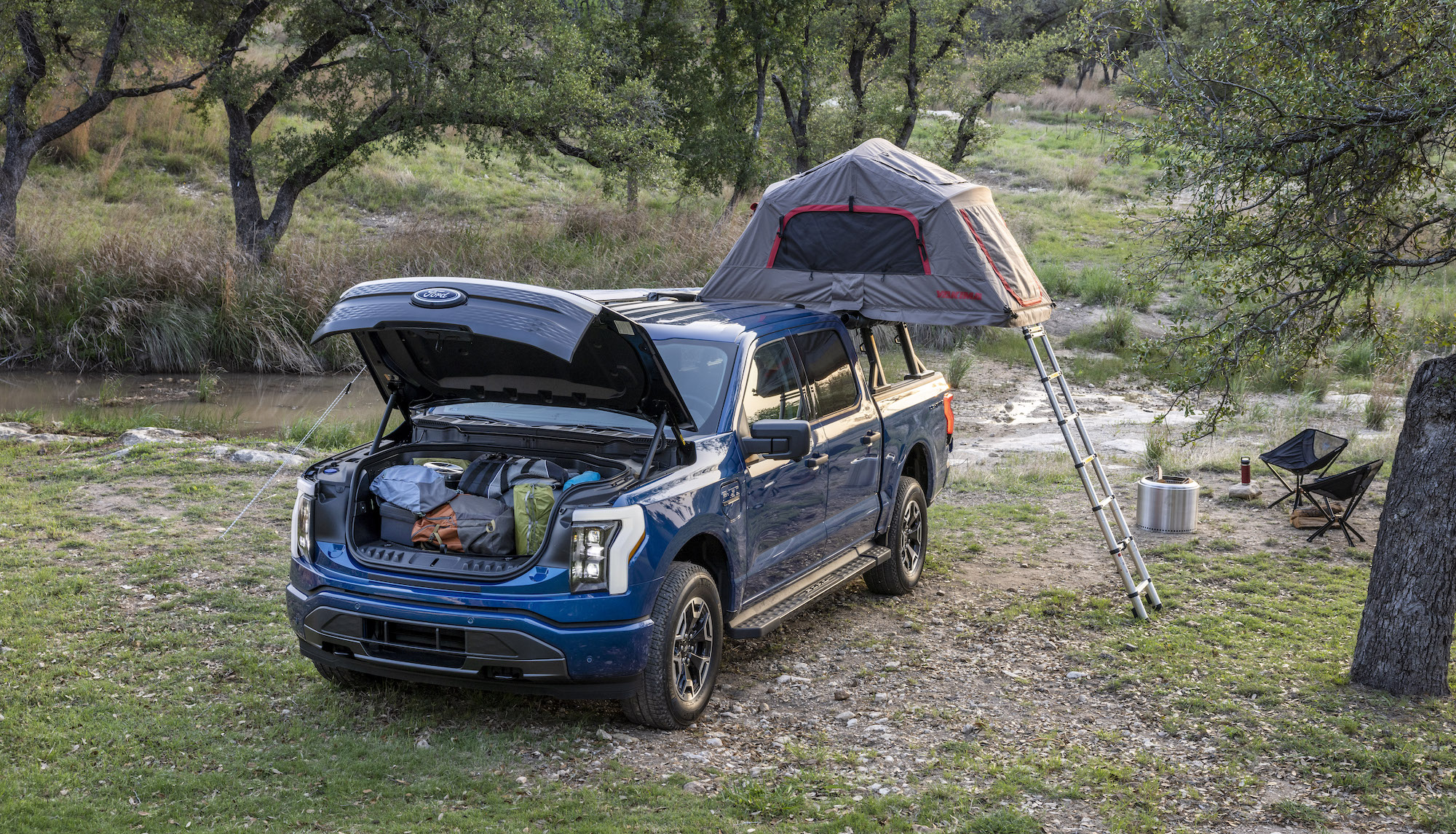
Electric 4×4 Pickup Truck and SUV Pros and Cons
Photos: Courtesy of the manufacturers
As gas and diesel fuel prices peaked, so did interest in all electric vehicles, including 4×4 pickup trucks and SUVs. For now, the only exclusively plug-in electric BEV 4x4s currently available include the Ford F-150 Lightning pickup, GMC Hummer EV SUV and the Rivian R1T pickup. Of course there are many other electric vehicles planned and teased from companies like Chevrolet, Jeep, Lordstown, Ram and Tesla among others. But rather than focus on what is or will be available, we’ll zoom in on real world performance of these electric trucks and SUVs and if they make sense for your application. Many people have been misled into thinking that electric vehicles are simply a 100-percent environmentally clean and cheap alternative to combustion engine-powered vehicles, but there is more to the story. This is especially true when it comes to 4×4 trucks and SUVs and how they are utilized. Let’s dive in and find out if an electric 4×4 makes sense for you.

Electric 4×4 Vehicle Tax Credit
Both state and federal governments have dangled extremely lucrative tax credits to buyers of new electric vehicles. At $7,500, the current federal tax credit is more tempting than most state tax credits, although it does have some caveats and limitations. Not everyone will receive the full $7,500 rebate. It’s based on income and how much tax you owe for the year. The federal EV tax credit is also limited to the first 200,000 electric vehicles of a particular model. At this point Tesla is the only company to have crossed that line in the sand with two of its cars. A new EV tax credit for 2023 was recently approved. It too will have some disappointing limitations, the most significant of which is a price cap. Electric trucks and SUVs with a manufacturer’s suggested retail price of more than $80,000 will not be eligible for the federal rebate. This would exclude the majority of the 2023 Ford F-150 Lightning trim levels, all the GMC Hummer EVs and some of the well-optioned Rivian R1T trucks. The planned 2023 federal EV tax credit will also include used electric vehicles 2 years old or older. However, with a price cap of $25,000 it will be years before any used electric trucks or SUVs will be eligible.

Electric 4×4 Vehicles Aren’t 100-Percent Clean
The manufacturing and transport of any product causes at least some form of what people would consider environmental damage. Electric vehicles are no different. It’s often argued that electric vehicles have no emissions, while this is true there are a lot of potentially planet harming and dirty processes required to create the electric vehicle and the power it pulls from a charger. It’s said that 500,000 pounds of raw material needs to be removed from the surface of the earth and processed to produce the minerals used in a single 1,000-pound EV battery. If you’ve seen a strip mine, then you know it’s not exactly an earth friendly process. Those materials are moved almost exclusively by large diesel-powered earthmoving equipment.
Many will argue that EV batteries have a finite lifespan and will eventually require replacement, which of course is true. Currently, 12.9 percent of the vehicles sold in the US are electrified vehicles. This includes EVs, hybrids and fuel-cell-powered vehicles. Embarrassingly, less than .5 percent of the vehicles sold in the US today are plug-in electric like the Ford F-150 Lightning, GMC Hummer EV or Rivian R1T. So we ultimately have no idea what a battery recycling or disposal program would look like when or if the actual EV numbers increase significantly.
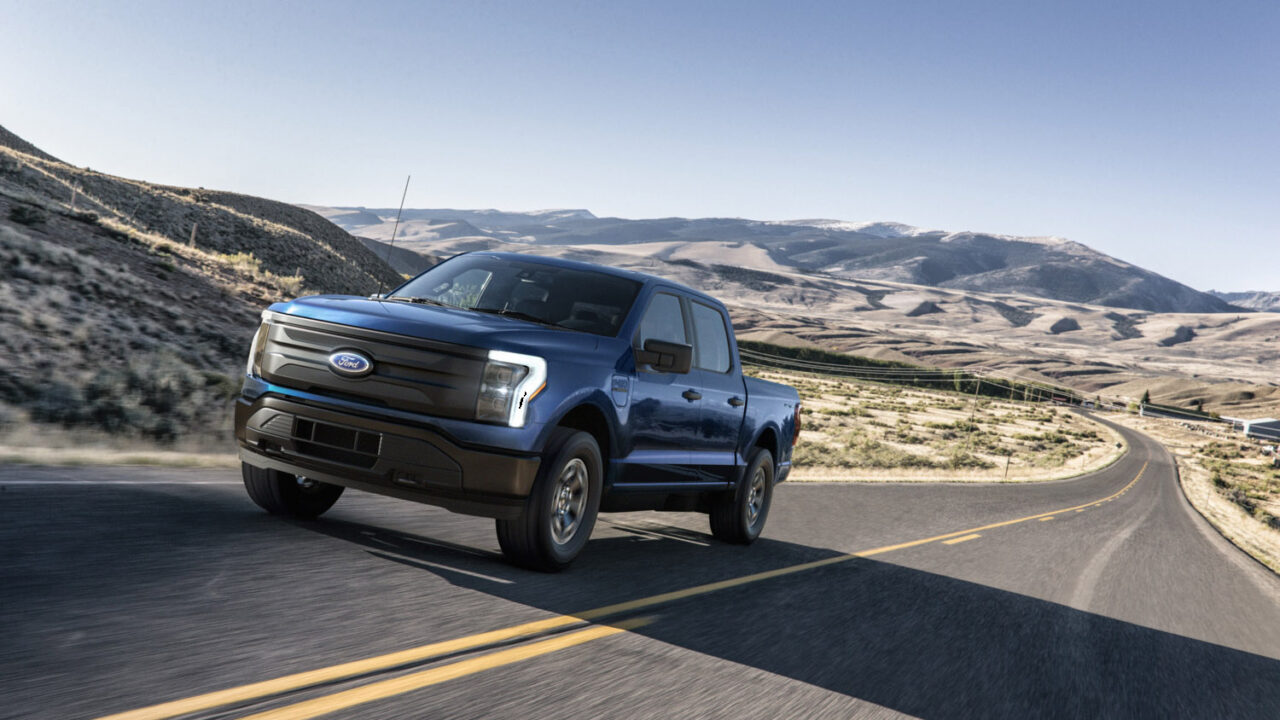
Electric 4×4 Vehicle Battery Range Comes At A Cost
Along with impressive torque and horsepower ratings, battery range is one of the most talked about EV 4×4 performance characteristics. Many EV 4x4s are available with standard and optional long range batteries. Under normal driving conditions the battery ranges are similar to a vehicle with a combustion gas or diesel engine. For example, the Ford F-150 Lightning standard-range battery is said to deliver up to 230 miles per charge, while the optional extended-range battery offers up to a 320-mile range. However, the F-150 Lightning’s extended-range battery adds up to $21,500 to the vehicle price tag depending on the trim level you select. It’s certainly a far cry from the $445 optional 36-gallon fuel tank available on the gas-powered F-150.
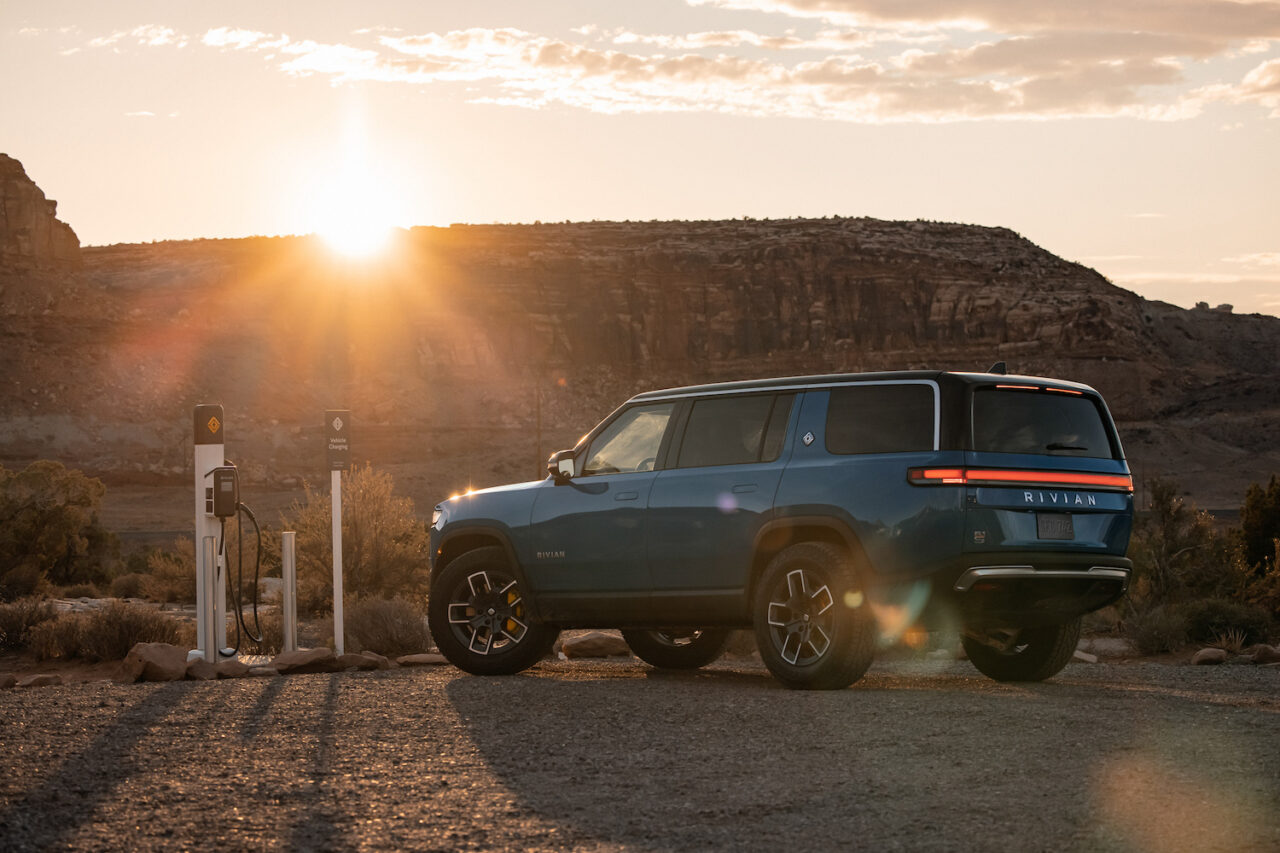
Charging an Electric 4×4 Vehicle Takes Longer Than You Might Think
The EV recharging process takes significantly longer than refilling a traditional fuel tank. It’s generally best to keep the EV battery charged between around 20 to 80 percent to extend the life of the battery. There are chargers with different power output levels, which dictates the charging speed. Level 3 DCFC fast charging stations can produce 450 amps at over 400 volts. Charging an EV battery from 10 to 90 percent with a Level 3 charger will typically take 40 minutes to an hour. A Level 3 charger could also be used to add up to 140 miles of range in only 20 minutes. Unfortunately, not all locations will have Level 3 fast chargers. Currently, the slower and less powerful Level 2 chargers are the most common along US highways. A 30-amp Level 2 charger can replenish an EV battery at the rate of 25-30 miles in an hour. As the electric infrastructure is built out, fast charging stations will become more common. Most homes would have to make use of the very slow 120 volt Level 1 charger, which can replenish an EV battery at the rate of around 5 miles per hour. Unfortunately, outfitting your home with a Level 2 charger is an additional expense. Regardless of the charger that’s available, it’s probably best to have the kind of personality that doesn’t mind the extra time it takes to replenish an EV battery. You should have an appreciation for walking off and adventuring near the charging station. If you’re the kind of ironman that likes to bust out 700- to 800-mile cross-country travel days with little more than quick bathroom breaks and fuel stops, an electric 4×4 is probably not for you.
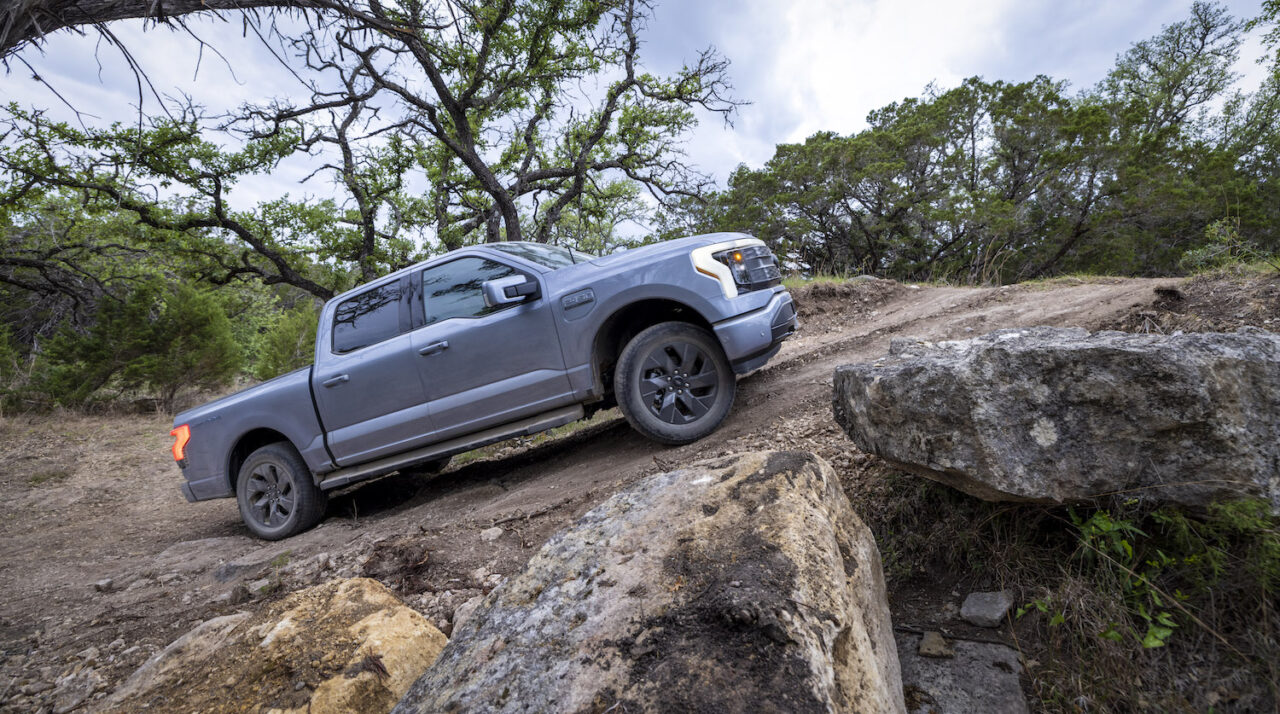
True Cost Of Driving An Electric 4×4 Vehicle
Most uninformed EV fans revel in the thought of driving an electric vehicle hundreds of miles for pennies. This couldn’t be further from the truth. In addition to the higher EV purchase price, the Department of Energy estimates that fully charging an all-electric vehicle with only a 100-mile range would cost the equivalent of running the air conditioning in a typical home for six hours. So an electric truck or SUV with two to three times that range would require two to three times the power to fully charge. The actual cost to charge an EV greatly depends on where you are located as well as the level of charger you use. You pay extra for the convenience of a level 3 faster charger. In Los Angeles, California electricity is 54.4 percent more expensive than the nationwide average. There are already regular forced and voluntary brown outs in California when the grid is overtaxed in summer and the cost of electricity is ever climbing. Significantly increasing the number of EVs being charged will introduce some challenges that solar and wind energy alone can’t solve. Many people talk about bringing back nuclear power in places like California, which could be a viable option that lowers astronomically high electricity costs back to earth.
For several years drivers of electric vehicles were able to avoid paying any road tax since the tax is levied through gasoline and diesel fuel sales. Today, many states have employed a road tax for electric vehicles through the registration process. Most states have implemented electric vehicle registration fees that range from $50 to $200 a year. On the plus side you’ll save quite a bit on oil changes and other maintenance services associated with vehicles that have combustion engines and traditional drivetrains.
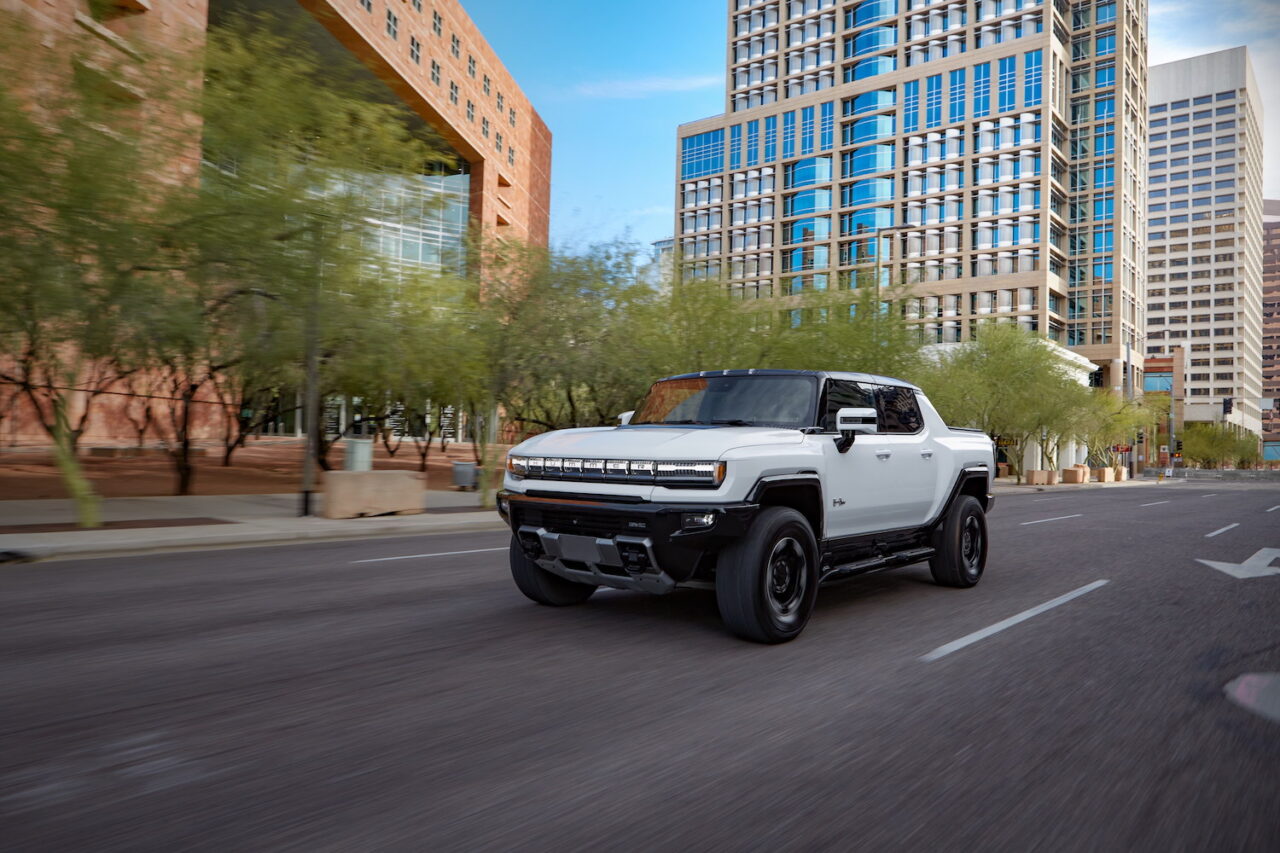
Commuting In An Electric 4×4 Vehicle
Daily commuting and short trips around town is where electric vehicles really shine. They can be charged at home overnight or when parked at work during the day and easily make even the longest of commutes without having to stop for fuel. Throttle jockeys will appreciate the EV performance, which provides a quickness that will upset and embarrass any unsuspecting 702hp Ram TRX owner. There is no transmission to shift and stop and go traffic will help recharge the battery thanks to the regeneration mode found on all modern electric 4x4s. The regeneration feature is used to help slow the vehicle, so it should also help the brakes last longer too.

Camping In An Electric 4×4 Vehicle
Many of the electric 4x4s being manufactured seem purposely designed for outdoorsy people. The electric powertrain layout allows for a large compartment under the hood where a combustion engine would normally reside. It’s the perfect place to stow away camp gear and supplies. The Rivian R1T has an additional storage compartment below the bed behind the cab. The R1T also has several factory camp-friendly options available such as a slide out camp kitchen and bed tent. Some electric 4x4s can even be used as a battery generator to power a travel trailer once you are parked for the weekend. However, venturing far distances off the beaten path will require planning. There currently is not an easy way to bring additional electricity for extended range, unless you want to carry a generator and extra fuel to recharge the EV battery, which sort of defeats the purpose of owning an EV in the first place. If you like heading way out in the sticks a gas, diesel or hybrid 4×4 might be a better choice.
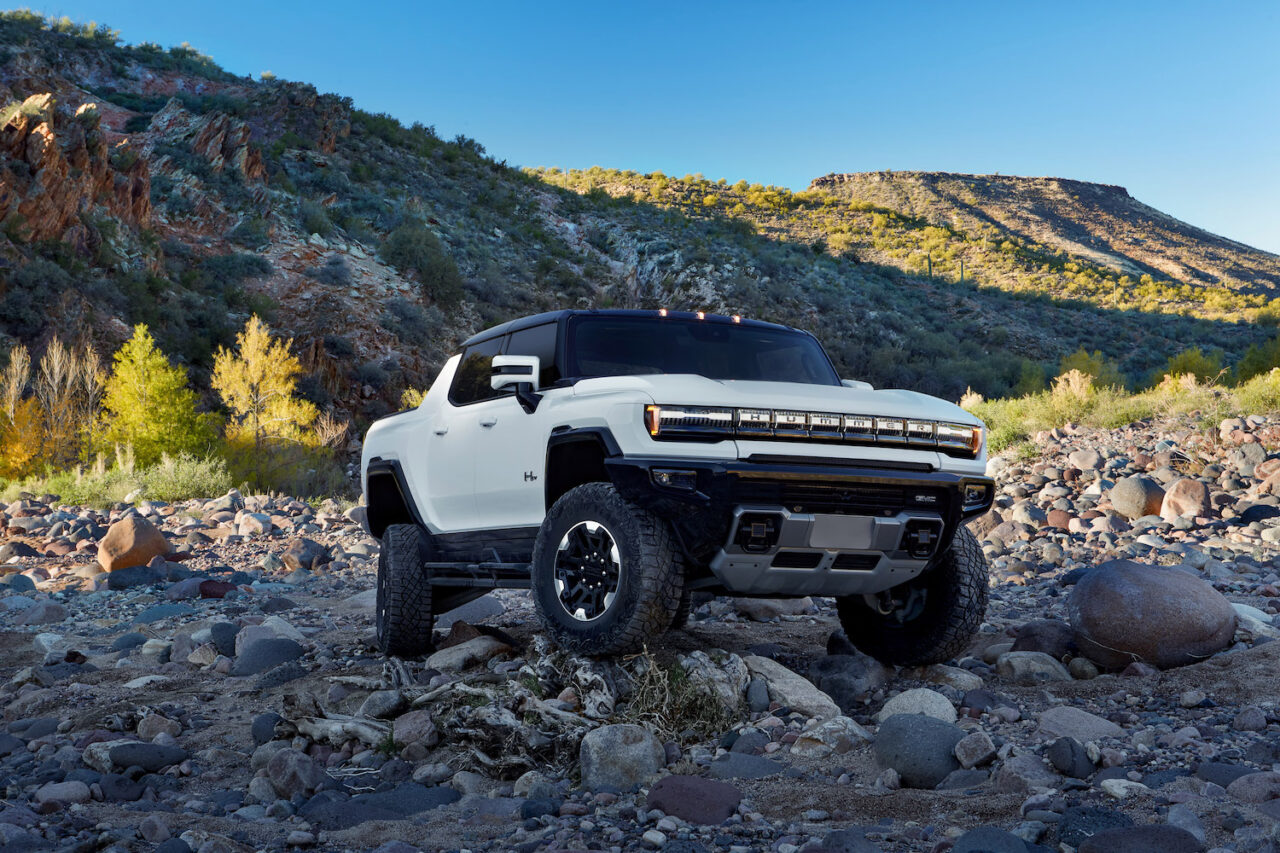
Off-Road In An Electric 4×4 Vehicle
By design the smooth linear torque produced by an electric drivetrain is more predictable and capable off-road than gas or diesel drivetrains. With some electric 4x4s turning the tires to the tune of up to 1,000hp there certainly won’t be a situation where you need more. On top of the extreme power outputs, the manufactures didn’t skimp when it comes to the off-road performance. For example, on electric 4x4s with four individual wheel motors, the motors can deliver instant power and independently adjust torque at each wheel for traction control in all conditions. Locking differentials are standard equipment on currently available 4×4 electric vehicles where axle differentials are utilized. The GMC Hummer EV features four-wheel steering, which can be extremely helpful when navigating obstacles in a trail. Other off-road advantages of four-motor 4×4 EVs include controlling power at an individual wheel to enable torque vectoring, the ability to neutralize oversteer and understeer to keep your vehicle steady and responsive through sharp maneuvers while off-roading and in the snow or mud. It’s said that quad motors offer substantially better torque control than locking differentials, while also being instantly adjustable for on-road performance.
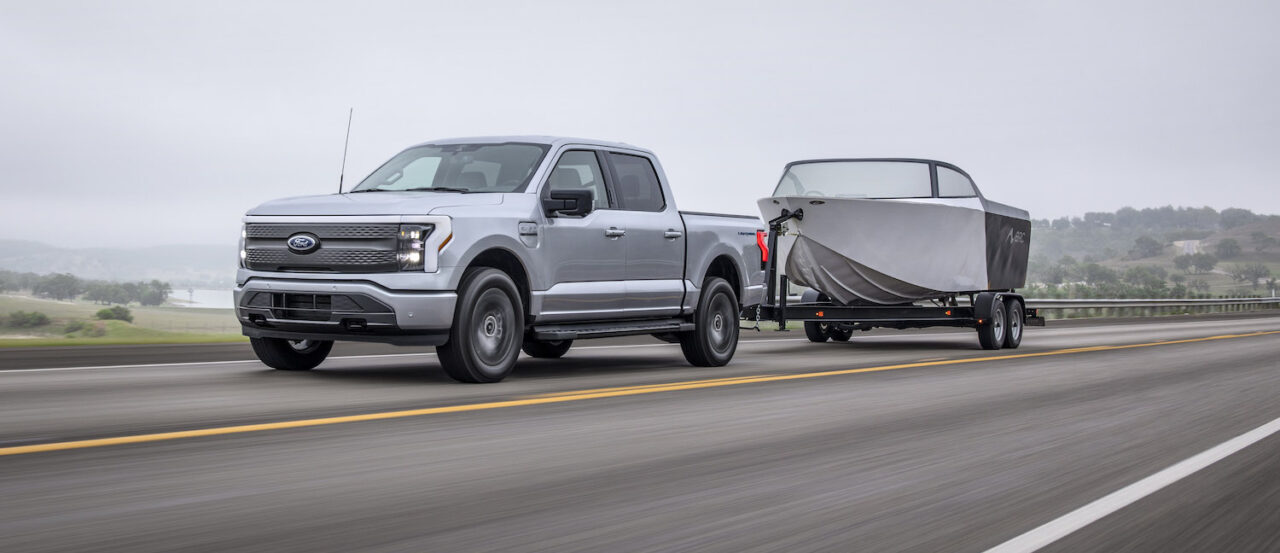
Towing With An Electric 4×4 Vehicle
The tow capacities of the currently available electric 4×4 vehicles vary from 7,500 to an impressive 11,000 pounds depending on the make and model. Unfortunately, the range of a 4×4 electric vehicle is significantly reduced when towing even an average weight trailer. It’s been well documented that most electric 4x4s will travel around 1 mile per battery percentage point. That translates to a range of about 80-100 miles between charges when towing. The added weight, rolling and wind resistance of a trailer really chews up the power. For short trips towing locally this may not be a deal breaker, but the need to recharge the battery could easily add several days to a cross country trip. Towing a trailer could potentially be the only real nail in the coffin for some 4×4 enthusiasts considering an electric 4×4 vehicle, at least until battery and charging technology improve. A gas, diesel or hybrid 4×4 might be a better choice for someone that tows long distances regularly.



2